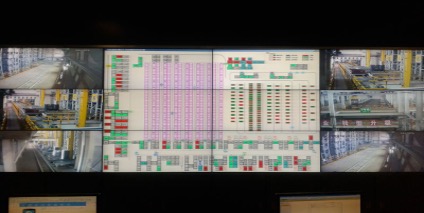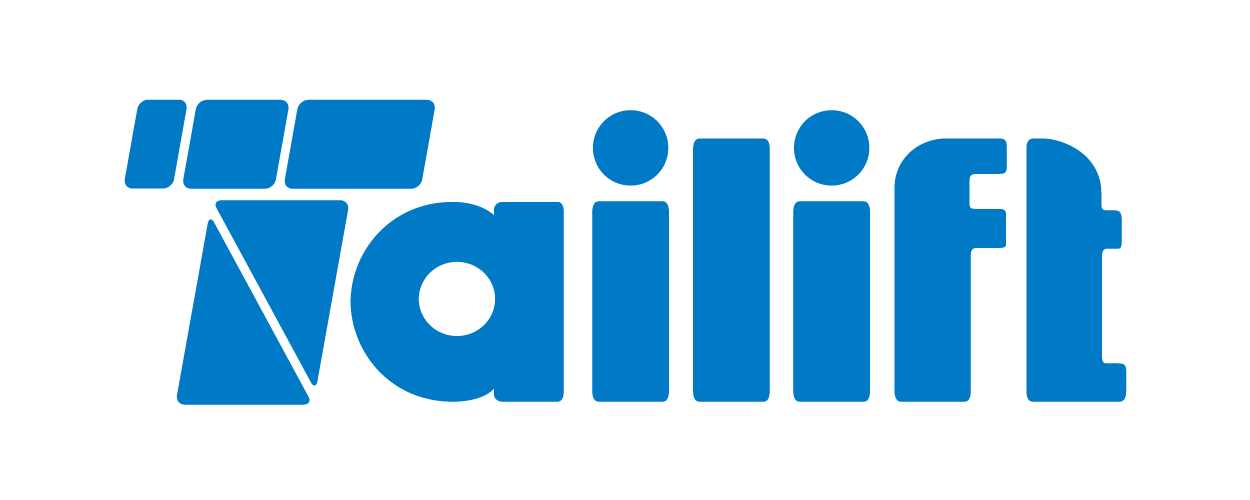Software Introduction
Software Introduction
Overall System Architecture
New Energy Industry System Architecture (Single Line / Multi-Line)
FMS Functional Architecture
Monitor and manage on-site equipment, and conduct scheduling management for logistics equipment.
Schedule and manage the battery cell production process based on its manufacturing procedures.
Manage process recipes and parameters for charge and discharge cabinets.
Monitor equipment and storage locations in real time.
Display multi-dimensional data analysis functions based on battery cell production data and equipment data.
FMS Process Configuration Management
Multi-process production plan configuration
Bind production plans based on pallet type
Bind production plans based on battery cell batch/type
Customizable process logic configuration
Modular scheduling nodes, supporting secondary development
Drag-and-drop visual editing of process workflows
Multi-process production allowing mixed-line production based on batch and model
Administrators can adjust pallet production status in real-time through the system
FMS Flexible Empty Pallet Scheduling Management
Empty pallet registration
Palletizing equipment management
Automated empty pallet delivery
Automated empty pallet racking for buffering and replenishment
Configurable empty pallet scheduling parameters to adapt to different on-site needs
Real-time inventory visualization for empty pallets to detect anomalies promptly
Manual empty pallet call function to support offline operations
FMS Fixture Scheduling Management
Fixture registration
Fixture plan configuration
Automated fixture retrieval and buffering
Trigger-based fixture operations
Scheduled fixture operations
Visual editing of fixture scheduling strategies
Adaptation to various industrial types and processes
Ability to arrange alternative fixture operations based on inspection results
FMS Power Production Recipe Management
Power cabinet process recipe parameter settings
Power cabinet process recipe issuance
Power cabinet process recipe query
DCIR recipe management
OCV recipe management
Centralized management of power cabinet recipes, allowing recipe issuance based on battery cell model and batch, reducing the workload of on-site management personnel.
FMS Power Cabinet Monitoring
Power Cabinet Process Recipe Parameter Settings
Power Cabinet Process Recipe Issuance
Power Cabinet Process Recipe Query
DCIR Recipe Management
OCV Recipe Management
Centralized management of power cabinet recipes allows recipe issuance based on battery cell model and batch, reducing the workload of on-site management personnel.
FMS Charge & Discharge Curve
WMS Functional Architecture
WMS Strategies & Operation Processes
WMS Inventory Management
WMS Multi-Level Distribution & Line-Side Warehouse Management
WMS Dynamic Interface Diagram
Stocked Status
Reserved Status
Empty Pallet Shelving Status
Actual Pallet Process Status
Storage Location Abnormal Status
Overtime Pallet Status
Manual Lock – Locked by scheduling
Business Lock – Locked by ECS
Dual Lock – Locked by both scheduling and ECS
WMS System Features
Granular Permission Management
Visual Interface
Mobile Terminal
Barcode (RFID) Management
Terminal Display
Report & Log Management
Interface Integration

WCS Functional Architecture
WCS System Introduction - Scheduling Module
- Custom Monitoring Zones
- Drag-and-drop configuration to accelerate production line integration.
- Real-time equipment status monitoring for timely production line insights
- Optimal Route Selection & Flexible Logistics Scheduling:Dynamically adjust transportation routes based on conveyor line layout, real-time congestion, and equipment status to ensure material accessibility.
Automatic Pathfinding & Route Navigation:
If there is a deviation in the execution of a transportation task, or if a pallet is manually moved in or out of the logistics line, the system can automatically correct the transportation route and guide the material back to the correct path, ensuring accurate material delivery.
WCS Equipment Execution Scheduling
Generate pallet process tasks based on process plans and create logistics instructions through scheduling.
For example, if valid paths from A to D include A → B → C → D and A → B → D, when the pallet reaches point B, the system evaluates the real-time accessibility of B → C and B → D. Based on route optimization strategies, the best path is selected.
Utilizes advanced automatic pathfinding algorithms and a dynamic logistics scheduling model.
The platform automatically calculates the optimal route, ensuring faster and more accurate material flow between production and warehouses while preventing congestion.
Proprietary drag-and-drop routing configuration simplifies logistics route management, making it accessible beyond software engineers.
Software System Architecture Diagram
Real-Time Monitoring Room
Functions:
Fast and Convenient Monitoring of the overall system operation status
Real-time Display of detailed operating statuses for various equipment
Voice Alerts for equipment failures


Advantages:
- Convenient On-Site Maintenance & Management – System maintenance personnel can monitor the overall system status directly from the control room.
- Quick & Timely Fault Localization – Rapidly identifies the source of issues.
- Enhanced Safety – Improves safety in on-site maintenance and management.
- Customizable, Independently Developed Monitoring System – Flexible to meet specific needs.
- Voice Alerts – Reduces the workload of on-site managers.
Table of Contents
- Overall System Architecture
- New Energy Industry System Architecture
- FMS Functional Architecture
- FMS Process Configuration Management
- FMS Flexible Empty Pallet Scheduling Management
- FMS Fixture Scheduling Management
- FMS Power Production Recipe Management
- FMS Power Cabinet Monitoring
- FMS Charge & Discharge Curve
- WMS Functional Architecture
- WMS Strategies & Operation Processes
- WMS Inventory Management
- WMS Multi-Level Distribution & Line-Side Warehouse Management
- WMS Dynamic Interface Diagram
- WMS System Features
- WCS Functional Architecture
- WCS System Introduction - Scheduling Module
- WCS Equipment Execution Scheduling
- Software System Architecture Diagram
- Real-Time Monitoring Room
Case Display
Case
© 2025 Copyright Tailift Co., Ltd. All Rights Reserved. | Designed by
